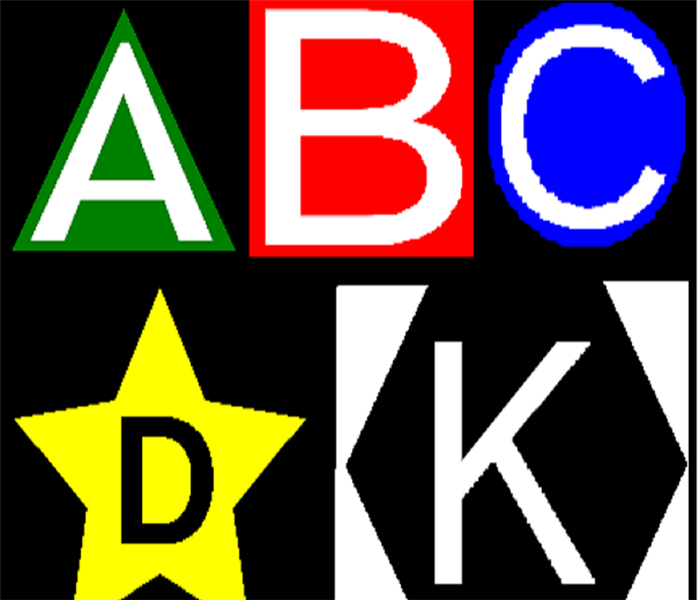Selecting a Fire Extinguisher
10/17/2016 (Permalink)
Selecting a Fire Extinguisher
Interpreting the Label
There are five distinct classes of fire extinguishers. They are A, B, C, D, and K. A implies that the fire extinguisher is viable against wood, paper, and waste fires. B is useful for flammable fluids and gasses, for example, fuel or propane. C is useful against electrical fires since it won't conduct electricity. D is for fires began by burnable metals. These fire extinguishers are generally more for commercial use. Lastly, K is for grease fires. It transforms the fat in the grease into soap to stop the fire. Fire extinguishers come in a wide range of various blends of these groupings. Commonly for a homeowner it is a smart thought to get no less than one that is ABC and a K for the kitchen. Before A and B there will be a number. The higher the number, the more viable it is for that kind of flame.
Here is a rundown of what every class stands for, its assigned color, and its geometric image.
A – Ash – Green – Triangle
B – Barrel – Red – Square
C – Current – Blue – Circle
D – Dynamite – Yellow – Star
K – Kitchen – Black – Hexagon
Rechargeable or Disposable
Fire extinguishers come in both sorts. Note that a refill on a rechargeable fire extinguisher is normally less expensive than purchasing another disposable one. The rechargeable fire extinguishers additionally for usually have metal parts in contrast with the disposable which more often than not has plastic parts. As a rule, the rechargeable ones have better quality parts, longer enduring charge, and the capacity to refill it. Rechargeable fire extinguishers generally are pricier than disposable ones, but have the abilities previously mentioned.
Measure
This relies on upon your circumstance. Larger typically means more chemicals, however additionally implies heavier and less mobility. The weight listed, just accounts for the chemical contents. This is NOT the aggregate weight, which means it doesn't calculate the heaviness of the canister. Pick what works best for your circumstance. Consider the muscle of anybody that may utilize the fire extinguisher. Additionally, consider the measurements of the tight spaces the fire extinguisher may be required in for mobility purposes.
For data on what to do after a fire allude to our SERVPRO site






 24/7 Emergency Service
24/7 Emergency Service